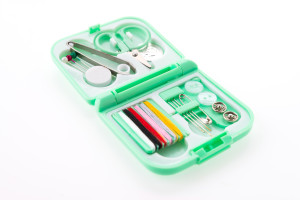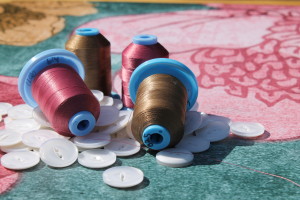Nothing says professional like a crisp, white lab coat. The white color is highly significant in the medical profession, as it has come to symbolize cleanliness and purity. Wearing an immaculate white lab coat sends a strong visual signal to your patient that you are diligent and thorough, and instills a greater subconscious sense of trust in your patient-physician relationship.
Here are some tips for keeping your white lab coat as bright and white as the day you got it.
- Separate your colors – seriously. Even light colors can transfer onto whites.
- Don’t use too much detergent, which can leave residue on clothes that acts like a magnet and sticks to dirt.
- Use a bluing agent to remove a yellowish tinge, but make sure to read and follow the instructions.
- Don’t use bleach. White clothing is actually dyed to be white, and bleach can strip the whiteness away leaving behind a dingy greyish color.
- Use white vinegar or lemon to make your whites brighter, by adding 1/4 a cup of vinegar or lemon juice and warm water and letting your whites soak before washing. Do not mix with ammonia products!!









